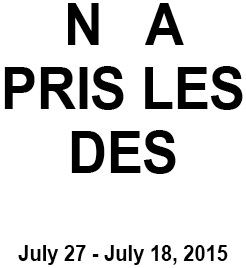
avec Guy de Cointet, Stéphane Dafflon, Seulgi Lee, Noa Giniger, Camila Oliveira Fairclough, Hanna Schwarz
Cur. Arlène Berceliot Courtin
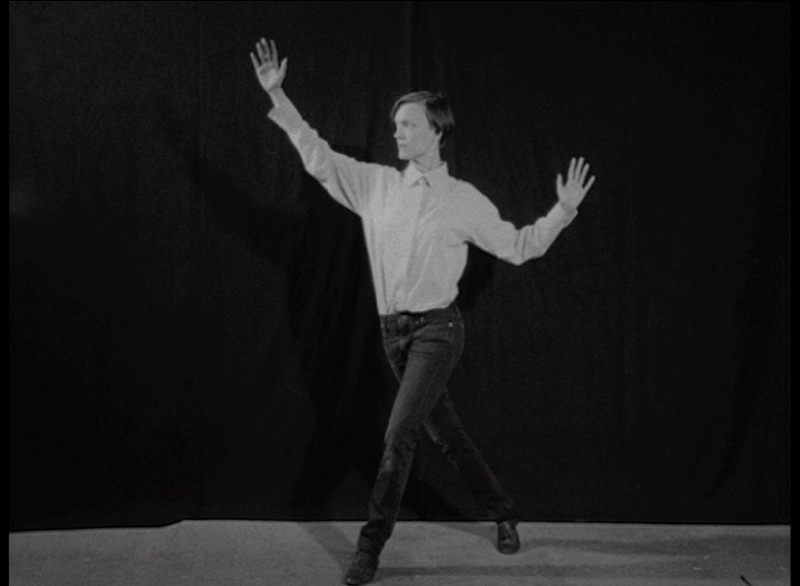
Hanna Schwarz "I love The Body" 2009 16 mm transferré sur DV, noir et blanc, son, 5’
« N a pris les dés » emprunte son titre à la version aléatoire et anagrammatique du premier film couleur d’Alain Robbe-Grillet et propose une nouvelle fois de poursuivre son jeu vertigineux de compositions infinies et fantasmatiquement labyrinthiques1. Ce film double est sans doute l’une de ses œuvres les plus abouties, tant elle est graphiquement et formellement impeccable et tant chaque plan ou image appréhendé séparément reste toujours aussi superbe.
Oui, répond-t-il d’un sourire amusé. C’est mon premier film en couleurs. C’est très important pour moi, la découverte de la couleur. Il avait été question qu’on m’impose la couleur pour « L’homme qui ment » et j’avais refusé absolument. Parce que j’ai dit non, c’est impossible, toute cette forêt là. Verte. [...] J’avais eu une sorte de révélation que je pouvais faire un film en couleurs à condition qu’il n’y ait pas de vert2.
Voici à présent démasquée, l’absence qui confère au film sériel tout comme au film aléatoire son aspect pictural si particulier et même les quelques palmiers s’avèrant plutôt être des dattiers finissent par se couvrir de poussière et de sable à la fin de l’été, leur donnant ainsi un aspect davantage zingué3. Ajouter à cela, une lumière éblouissante, l’absence d’ombres comme le tournage eut lieu aux heures zénitales et tous les villages repeints en blanc et bleu sur les ordres du régime néo-destourien. Sans oublier, l’ingrédient principal qui n’est autre que la voix du narrateur confiant le déroulement du film au hasard des dés, auquel s’ajoute la parole de Catherine Jourdan rétablissant la narration en nous faisant part d’une sombre histoire de composition abstraite non lyrique égarée. Dans ce pastiche de film d’aventure retenant sans cesse son récit afin de le rendre impossible, il est surtout et avant tout question de peinture et notamment à travers la recherche d’un tableau dont l’esthétique néo-plastique fut hâtivement attribuée à Mondrian – avec qui Alain Robbe-Grillet partage un certain désaveu du vert – pour finalement être associé au magnétisme des compositions de Malevitch. Et si cette peinture, reflet d’une maison dont les contours ont disparu sous le ciel écrasant, venait elle-aussi hanter la présente exposition?

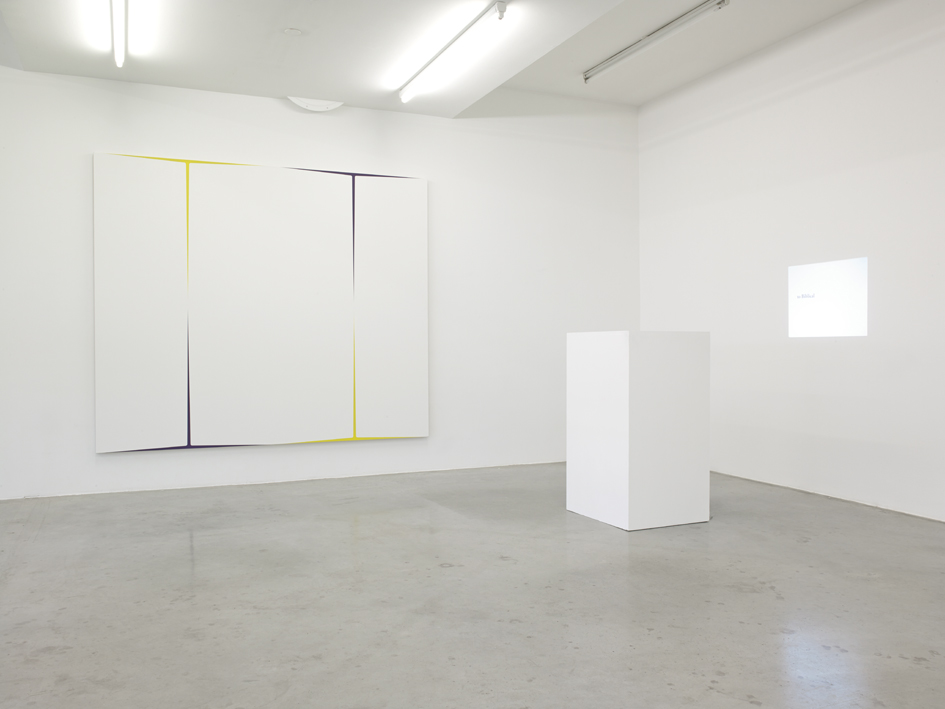
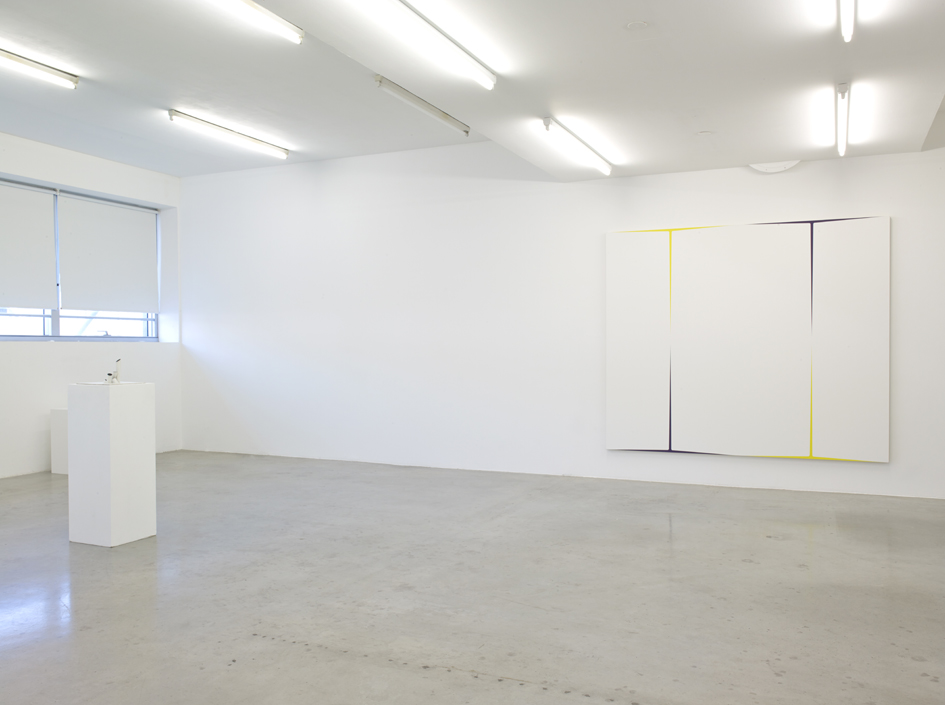
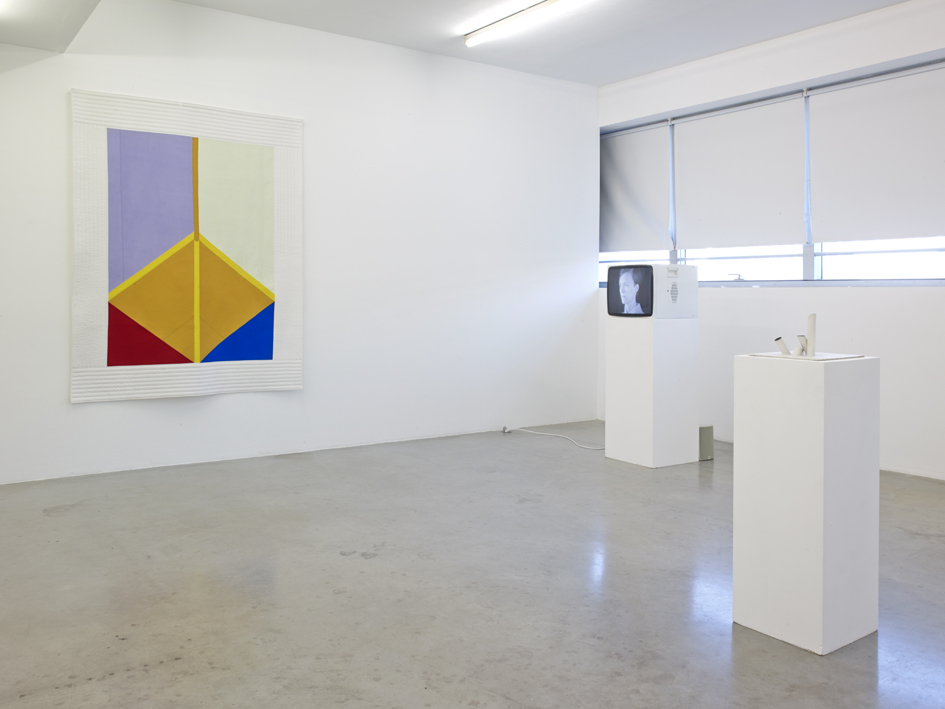
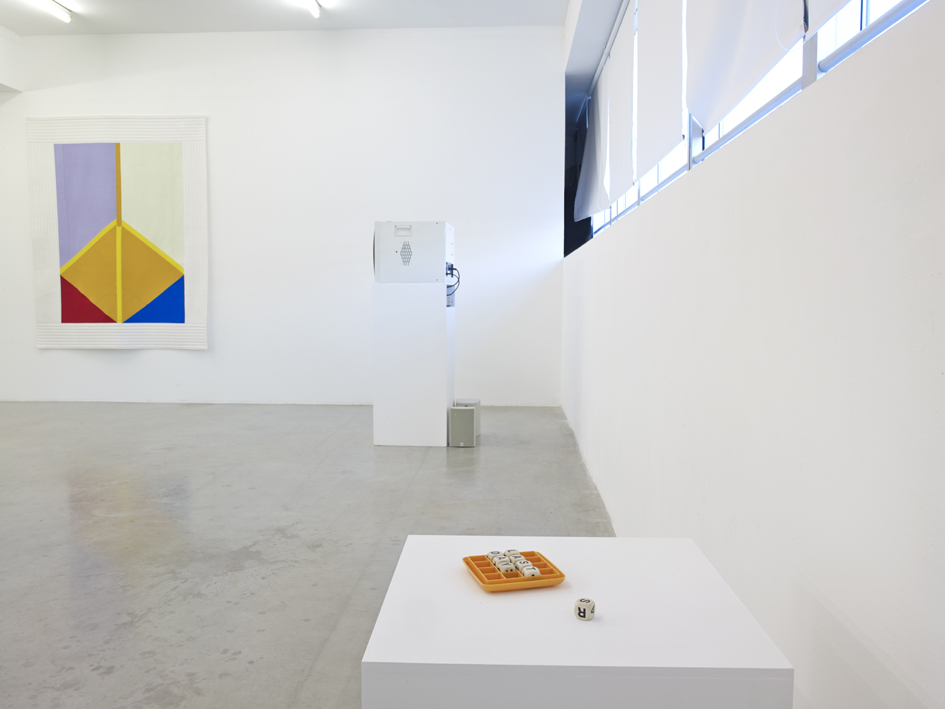
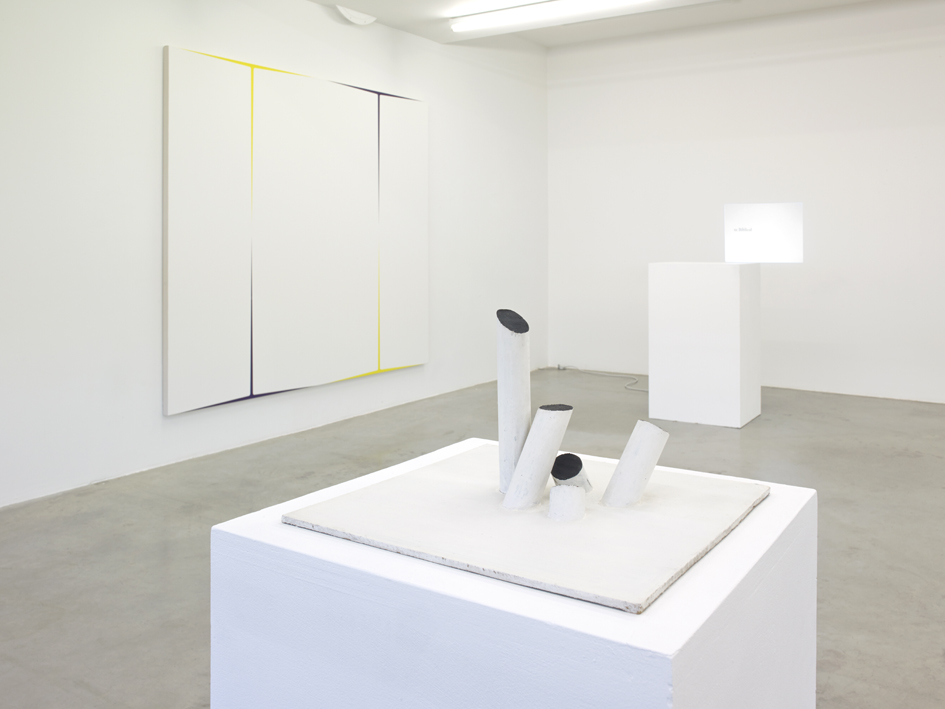
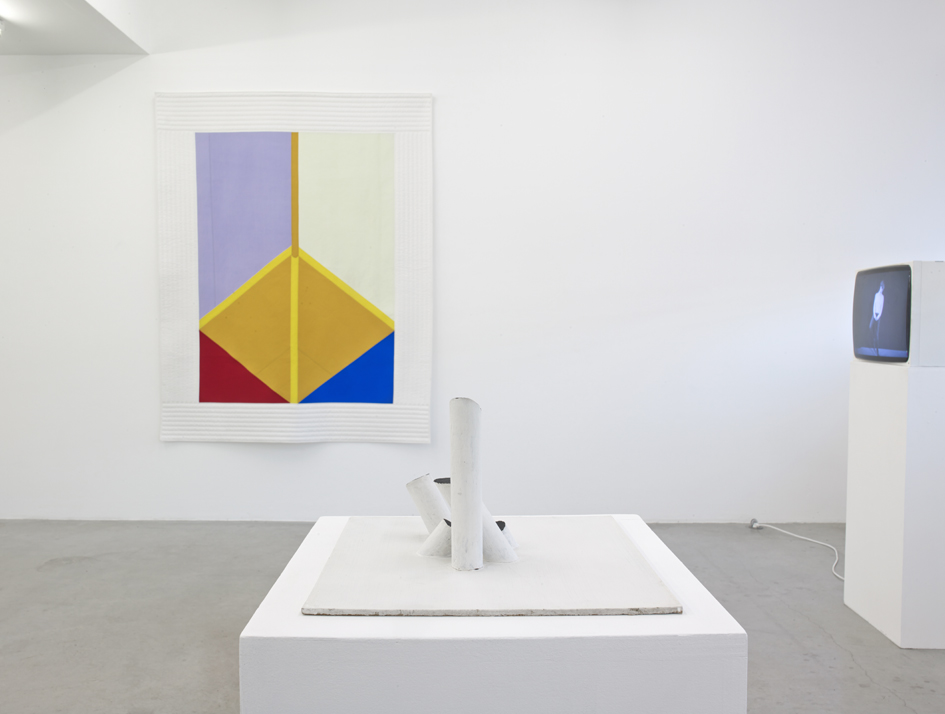
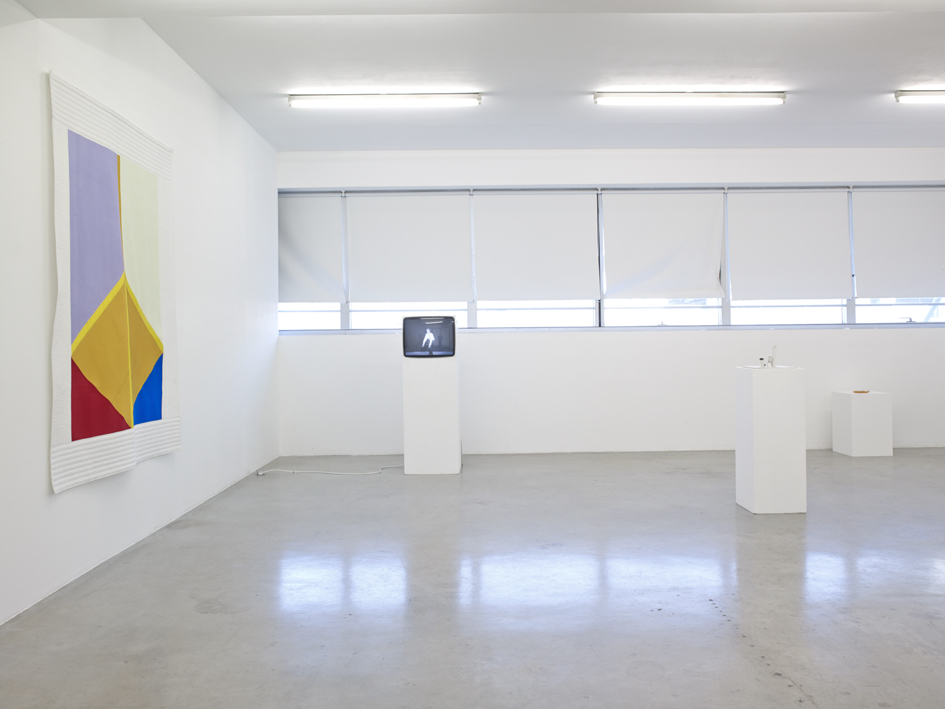
_________________________________________________________________
1. ”L’Eden et après” est composé de douze thèmes au sein de dix séries successives. Le second film commandé par l’ORTF en 1972 s’intitule “N. a pris les dés...” il est le résultat d’une nouvele combinaison aléatoire de ces mêmes thèmes dont l’ordre d’apparition est déterminé par le lancer des dés du narrateur - aussi appelé “N”. La première apparition eut lieu du 01 au 04 Mai 2015, dans l’atelier de Camila Oliveira Fairclough à Paris 20ème.
2. Entretien avec Frédéric Taddéi, « L’Eden et après », DVD, Alain Robbe-Grillet, 1972, couleurs, 76 minutes, éditions Carlotta, 2013.
3. Le tournage s’est déroulé dans les villes de Djerba et sur les bords du Danube à Bratislava. Afin de parfaire cette duplication, Alain Robbe-Grillet a pris soin de retrouver le double parfait de chaque lieu créant par la même occasion une forme de passage tel un espace paradoxal apparaissant habituellement dans les rêves.
